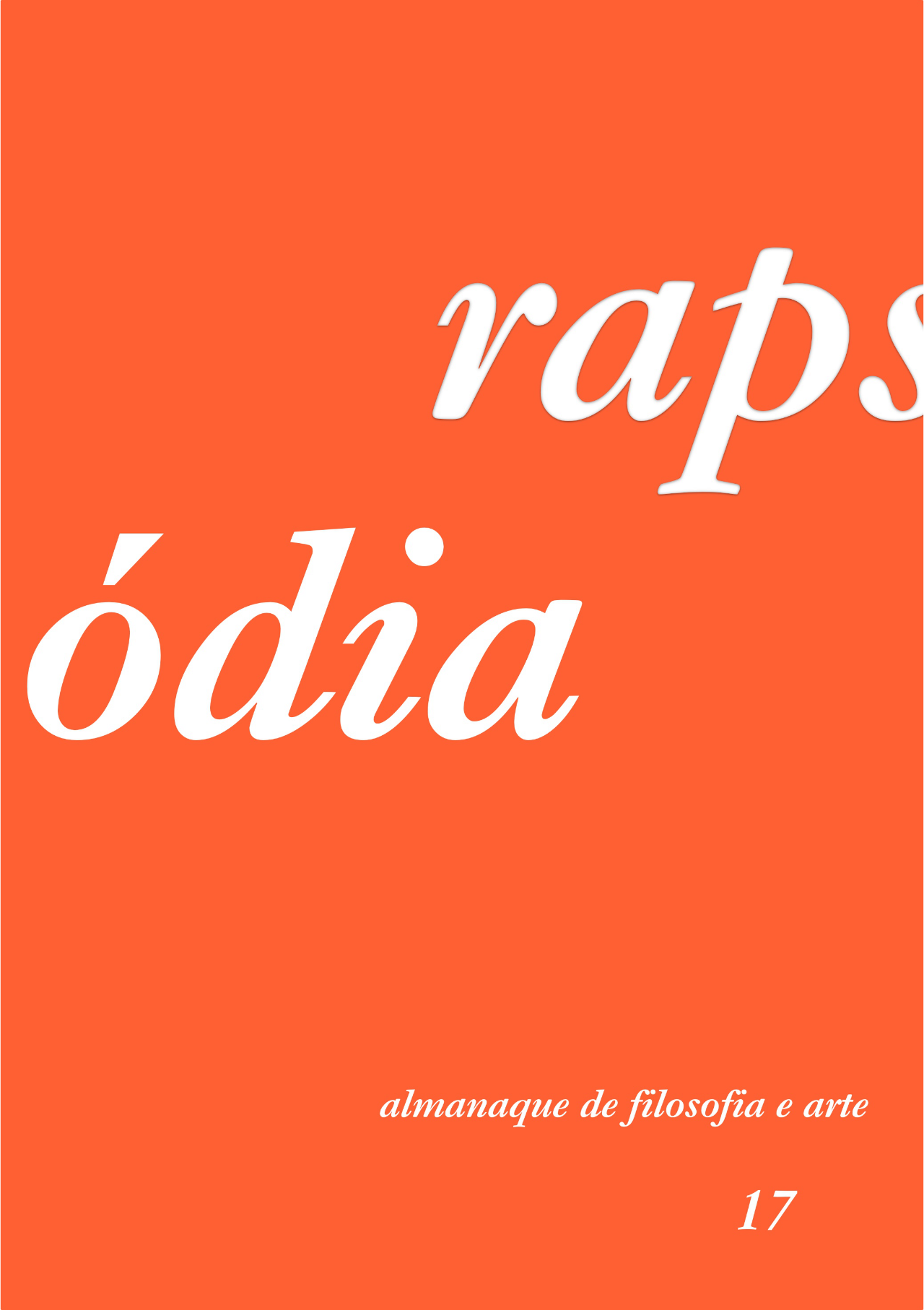Inteligência artificial como phármakon: a arte algorítmica entre o remédio e o veneno
DOI:
https://doi.org/10.11606/issn.2447-9772.i17p161-174Keywords:
Artificial intelligence, Plant world, Drugs, Natural Language, AnthropocentrismAbstract
This visual essay presents images from the Poisonous, Harmful and Suspicious series, which I created and is still in progress. Developed with artificial intelligence resources, the series focuses on plants prohibited by the colonial “civilizing” process due to their use in sacred rituals and hallucinogenic and aphrodisiac powers, contradicting the canon of the ideally morally and physically superior European white man. The project critically addresses models based on the so-called Natural Language, which create images from texts and other images in an almost intersemiotic process of translation. The title of the work is borrowed from a 19th century scientific manual, published in England by the Christian Scientific Society, authored by Anne Pratt (1857). Through the counterpoint between poison and medicine, which constitute the ambivalence of the pharmakon, it questions how artificial intelligence reinforces colonialist and anthropocentric assumptions, while at the same time open up possibilities for new alterities between humans and non-humans.
Downloads
References
ARONSON, Jeffrey K. “Plant Poisons and Traditional Medicines”. In: FARRAR, Jeremy (et al.) (Org.) Manson’s Tropical Infectious Diseases (Twenty-Third Edition). 2014, pp. 1128-1150. Disponível em: https://doi.org/10.1016/B978-0-7020-5101-2.00077-7. Acesso em 11 out. 2023.
BEIGUELMAN, Giselle. Botannica Tirannica, 2022. Disponível em: https://botannicatirannica.desvirtual.com. Acesso em 11 out. 2023.
BENJAMIN, Ruha. Race After Technology: Abolitionist Tools for the New Jim Code. Nova York: Polity, 2019.
BRIDLE, James. Maneiras de ser: animais, plantas, máquinas: a busca por uma inteligência planetária. Trad. Daniel Galera. São Paulo: Todavia, 2023.
CASTRO, Eduardo Viveiros de. Metafísicas canibais: elementos para uma antropologia pós-estrutural. São Paulo: Ubu Editora, 2018.
DERRIDA, Jacques. A escritura e a diferença. Trad. Maria Beatriz Marques Nizza da Silva. São Paulo: Perspectiva, 1973.
DERRIDA, Jacques. A farmácia de Platão. Trad. Rogério da Costa. São Paulo: Iluminuras, 1991.
DESCOLA, Philippe. Outras naturezas, outras culturas. Trad. Cecília Ciscato. Rio de Janei-ro: Editora 34, 2016.
HAYLES, N. Katherine. How We Became Posthuman: Virtual Bodies in Cybernetics, Litera-ture, and Informatics. 14. ed. Chicago: University of Chicago Press, 1999.
HARAWAY, Donna J. The Companion Species Manifesto: Dogs, People, and Significant Otherness. 2. ed. Cambridge: Prickly Paradigm Press, 2005.
KAC, Eduardo. MOVE 36, 2004. Disponível em: https://www.ekac.org/move36.html. Acesso em 11 out. 2023.
LATOUR, Bruno. Jamais fomos modernos. Trad. Carlos Irineu da Costa. Rio de Janeiro: Ed-itora 34, 2019.
PRATT, Anne. Poisonous, noxious, and suspected plants, of our fields and woods. Londres: Society for Promoting Christian Knowledge, 1857. Disponível em: https://www.biodiversitylibrary.org/item/258098. Acesso em 11 out. 2023.
SANTAELLA, Lucia. Culturas e artes do pós-humano: da cultura das mídias à cibercultura. 1. ed. São Paulo: Paulus Editora, 2003.
SUCHMAN, Lucy. Human-machine reconfigurations: plans and situated actions. 2. ed. Cambridge: Cambridge University Press, 2006.
TSING, Anna L. O cogumelo no fim do mundo: sobre a possibilidade de vida nas ruínas do capitalismo. Trad. Jorge Menna Barreto e Yudi Rafael. São Paulo: n-1 edições, 2022.
Downloads
Published
Issue
Section
License

This work is licensed under a Creative Commons Attribution-NonCommercial-ShareAlike 4.0 International License.



